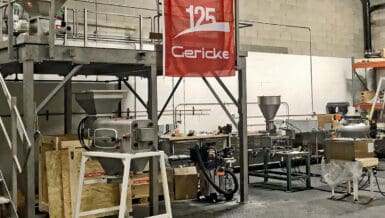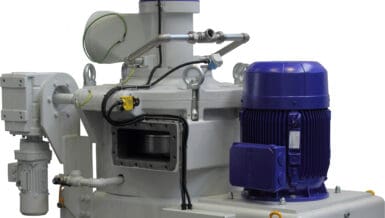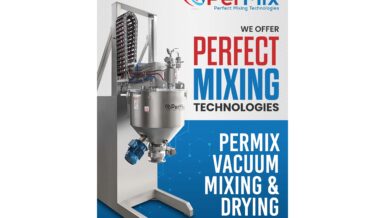Starting from raw materials, right up to the finished products, there are always methods to improve the powder’s efficiency, processing, and overall quality which shows itself in the final product’s finishing and structural quality. Another important testing factor for laboratories is to verify and certify that the powders conform and meet stringent specific production and quality standards before they are further utilized along the production process.
Services
Our laboratory is equipped with modern, state-of-the-art, and accurate analytical instruments, and updated software has the ability to build custom testing rigs and a variety of consumables. This gives our clients confidence in examining and improving their compounds’ purity, composition, and performance, ensuring the best possible final product quality. This is paramount in our dedication to strive for excellence and our core business model.
Testing powder materials is essential for a variety of reasons. Testing will help narrow down the possible choices regarding the most appropriate approach for improving the particle structures and the processing thereof. It provides a wealth of information about the tested materials, such as their characteristics, morphology, porosity, purity, interactions with other particles, and their overall state during powder processing.
Our collected test data can be useful and give insight to researchers, product developers, site engineers, production managers, and quality control managers.
Slippage
An example of one of the many possible issues that may occur during powder processing, which every manufacturing plant has dealt with in some form or other, is slippage.
Essentially, all powder processing procedures involve powders, storage, some form of conveying, milling, temperature, pressure, sintering, filling some mold, and mixing, to name a few. Not to forget the previously mentioned testing, troubleshooting the particle morphologies, and their characteristics, as well as fine-tuning the powder processes with professional laboratory support.
Particle slippage is one of the many things that can occur during processing and can have significant, unwanted impacts on the performance and quality of the affected particles that can occur in a wide range of powder-based products and processes. These include pharmaceutical-related products, ceramics and other composites in additive manufacturing, food and feed products, and many more.
Slippage refers to the movement between particles during processing in a powder bed, a storage container, or on other surfaces of particles or equipment. Due to the surface properties, particle sizes, and shapes, the encountered particle stresses and applied pressures, not to overlook that similar particle sizes and shapes tend to group together, and agglomerate.
Slippage effects
For example, slippage will cause particles to flow differently and segregate, which will affect interparticle friction and shear forces, causing changes in particle uniformity. Smaller particles have a higher propensity for slippage. This is because the particles have a lower mass and higher surface area, which can reduce the friction between the particles and other surfaces. Similarly, particles with a more rounded and/or smoother surface generally have a higher degree of slippage compared to particles with a more irregular or rougher uniform shape.
This phenomenon will lead to structural integrity issues in the final product such as pockets of different material densities, affecting overall material strengths and overall stability, due to the particle inconsistencies in the final material/ product. Other effects with similar results are the surface morphology of the particles being processed and the hopper walls or other interacting surfaces, which can affect different particle adhesions and /or cause cohesion of the same particles and other surfaces, inevitably increasing particle slippage.
Tackling slippage
To minimize the occurrence of slippage during powder processing, it is imperative to design and control the particles’ morphology and their characteristics, including the surface properties that the particles interact with, such as equipment surfaces and other particle surfaces. Proactive solutions such as particle coatings, lubrication, system monitoring, and controlling the applied particle stresses, pressures, and other forces during processing could cascade the particles towards the start or increase slippage. Another approach is to use particles that have a low cohesive strength of bonding between other particles or surfaces, resulting in the particles being less prone to slippage.
Finally, minimizing the occurrences of slippage in powder processing requires a thorough understanding of the equipment surfaces, the powder morphologies, their characteristics, and the processing conditions such as the aforementioned temperature, pressures, etc. Preventing or minimizing slippage may require and involve a combination of particle optimizations and mechanical approaches that will optimize the flowability and improve the overall powder consistency and thereby the quality of the final product. That is why testing is such an important factor in any step concerning powder processing.











































